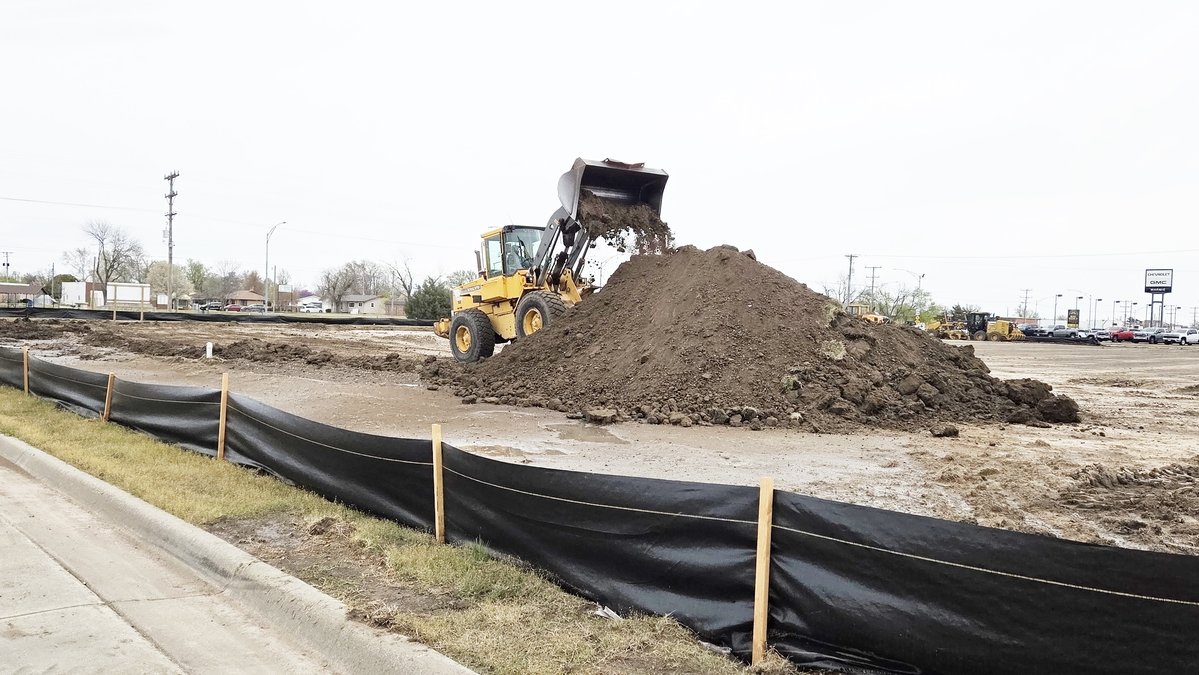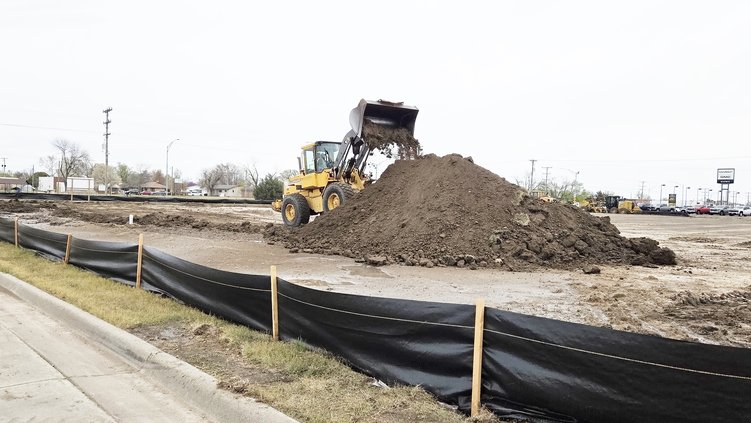Water issues are one of the most important things we will have to talk about in he future.Keith Miller, Barton County farmer and vice-chairman of the Kansas Water Authority's Great Bend Prairie Region board
MANHATTAN – It may be tough to think about water with all the recent rain, but it was a hot topic Wednesday as the Kansas Water Authority met in Manhattan. Officials believe this topic should be on the minds of all Sunflower State residents.
“Water issues are one of the most important things we will have to talk about in he future,” said Keith Miller, Barton County farmer and vice chairman of the KWA’s Great Bend Prairie Region board. “They will have to be addressed.”
The agenda included water-use challenges facing all of the KWA’s 14 regions, including the Great Bend region that encompasses the heart of the Golden Belt. The KWA received updates on all water priorities, but two main topics were the State Water Plan Fund Budget and State of the Resource Reports.
“While good things are happening in the regions, there is so much more to do and we need Kansans to understand why water has to be a priority for our state,” said Kansas Water Office Director Tracy Streeter. “These are intended to inform and educate Kansans about the true issues our regions face with their water supply.”
Each region’s State of the Resource Report included needs, action plans, and current surface water and groundwater conditions. “These will be updated each year and serve as the resource for those making decisions about our water future,” Streeter said.
What’s in store for this area
Each region is defined by the aquifer and/or watershed that feeds it. The Great Bend region covers the Big Bend portion of the High Plains Aquifer, spanning 6,769 square miles and includes both Cheyenne Bottoms and Quivira National Wildlife Refuge.
With yearly rainfall between 22-27 inches, 95 percent of the water use goes toward irrigation.
One key issue is the ongoing negotiations among the United States Fish and Wildlife Service, the Stafford-based Big Bend Groundwater Management District and upstream water users along the Rattlesnake Creek. They are working on a deal to limit water use to protect the Quivira refuge.
“We’re trying to find sustainable levels for the aquifer,” Streeter said. Getting a grasp on the numbers has proven frustrating.
But, “the aquifer has responded well to rainfall,” he said. Rains over the past couple of years have helped recharge the underground water resource.
Other examples
“We’re fine here,” Miller said of central Kansas’ water future. That is not the case elsewhere in the state.
• Further upstream on the Arkansas River, the Upper Arkansas SOTR (covering parts of southwest Kansas including Dodge City and Garden City) the report showed groundwater levels have an average annual decline of 2 feet over the past decade. The regional priority is to extend the usable lifetime of the Ogallala Aquifer for at least 25 years and slow the depletion of the aquifer by 25 percent in 10 years through the promotion of conservation areas and other tools.
Some wells have dropped by as much as 100 feet. Here, also, 95 percent of the water use is for irrigation.
To date, 2 percent of the total irrigated acres are in a water conservation program. The KWA is recommending $500,000 be appropriated to assist in irrigation technology, and another $250,000 for water technology farms that demonstrate to producers how they can conserve water and maintain, or improve, their bottom line.
• In the Kansas region (in the northeast corner of the state) loss of reservoir storage is decreasing the basin’s water supply, making it insufficient to meet projected drought demands by 2057. Tuttle Creek Lake is key to the region’s water supply and has lost more than 40 percent of its original storage. The KWA is recommending funding to move forward with a project to pass more of the sediment through the reservoir and extend the supply.
The “800-pound gorilla” is irrigation and the drain it has on water levels, Streeter said. Research into such efforts as finding alternative crops is underway to benefit all parts of Kansas.
Background
The KWA advises the governor, Legislature and director of the Kansas Water Office on water policy issues. It also ensures that water policies and programs address the needs of all Kansans as well as serve as advisers of the Kansas Water Vision and Kansas Water Plan.
According to Streeter, the goal is to achieve water use sustainability by 2025; enhance poor quality water monitoring for areas with salt water disposal lines, disposal wells and areas with high salt sources to prevent freshwater contamination; and initiate research and development of feed wheat as an alternative feed source.
The next meeting will be held in December in Wichita. Then, Streeter said the group will prioritize requests for the Legislature in 2019.
The KWA was established in 1981 and consists of 13 voting members who are appointed by the governor or legislative leadership. State agency directors serve as ex-officio members.
Meetings are held throughout the year. For additional information and other upcoming meetings, visit www.kwo.ks.gov.








